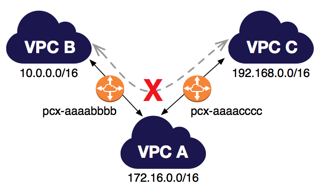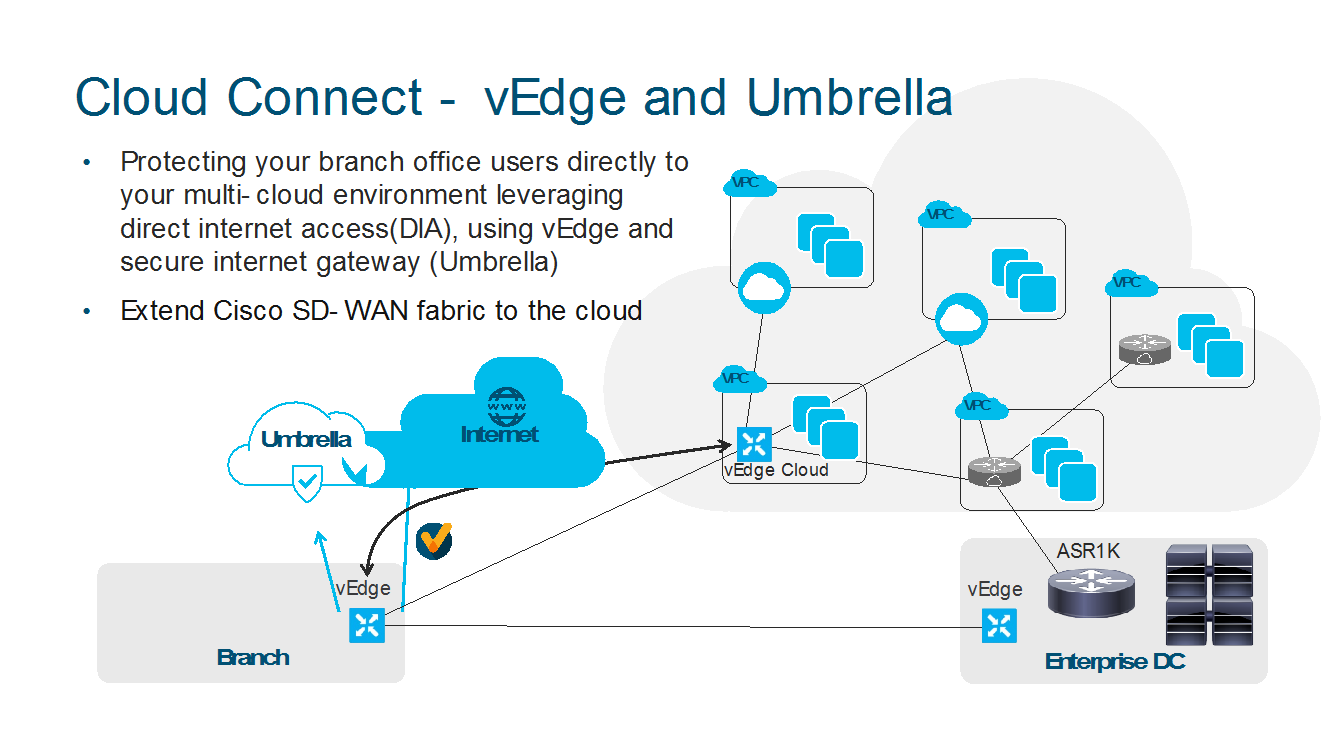Organizations worldwide are on an irreversible march towards embracing multiple clouds, drawn by the greater agility and flexibility, the specific functionality each one offers, as well as improved efficiencies and the ability to adapt to the fast-moving digital way of doing business. Numbers from IDC indicate that global revenue on public cloud services and infrastructure will hit $160 billion this year, up 23.2 percent from 2017, and it will continue to grow to $277 billion in 2021.
The trend moving forward is more companies using more cloud services and putting more of their applications and data into multiple clouds.
This multicloud-centric world will be increasingly complex. Companies are moving “to the cloud,” but they’re not abandoning their on-premises environments; rather they’re transforming them to better utilize the public clouds. It is also becoming a hybrid world, with workloads and data moving across multiple public clouds such as Amazon Web Services (AWS), Microsoft Azure, Google Cloud Platform (GCP) and others, as well as CoLo, on-premises and hosted private clouds, between data centers and branch offices, through different regions and disparate countries.
Public clouds essentially become extensions of an organization’s on-premises infrastructure, and customers need to be able to extend their private network across their WAN to multiple public clouds, providing connectivity across VPCs (virtual private clouds) with VPN (Virtual Private Network) technologies and enable SD-WAN services in future.

Companies may start out using basic networking services offered by cloud providers, including VPC, VPC Peering, Dedicated Circuit (DirectConnect, ExpressRoute and etc), and VPNs, but from an enterprise perspective, they’ll quickly find out that those services don’t deliver the performance nor the capabilities they need to deliver on the promise of optimal application performance leading to better business outcomes. Let’s rethink networking and WAN for the Multicloud world.
For example, VPC Peering is not transitive, you can’t get VPC-B talk to VPC-C through VPC-A. Transit VPC solution with CSR1000V will be an easier way to interconnect all your VPCs without full mesh them using VPC Peering.

In addition, most cloud providers’ networking services don’t provide capabilities like monitoring and troubleshooting, which enterprise customers are looking for in case of network outage or to understand network usage.
At the same time, if businesses decide to use the networking services available to them in a public cloud, they will have to familiarize themselves with the specific services that are offered by the individual providers, and replicate the architecture. This could add complexity to cloud projects and, more importantly, inconsistent network designs.
Connectivity to any cloud with Cisco’s Multicloud Portfolio
With industry leadership and proven design methodologies in the world of networking, we at Cisco are quickly building out our multicloud approach to enable customers across those different environments, and the Cloud Connect is foundational to that, part of our Multicloud Portfolio.You can find more info on Cisco Multicloud Portfolio in the Multicloud Guide Blog Series here.
Cloud Connect leverages latest state-of-art Cisco networking technologies that many customers are already using to securely extend their networking footprint into different clouds.

At the core of the Cloud Connect pillar is the Cloud Services Router (CSR) 1000v, which ensures secure, scalable and consistent connectivity between a customer’s on-premises environment and different clouds, especially if a customer already has ASR1000 and ISR4000 deployed with common configuration methodologies. The CSR1000v supports the same comprehensive IOS-XE (also used by other Cisco networking devices on-prem) features so customers will only have to learn once and can then quickly build a scalable and secure network to any cloud.
Cisco also co-developed solutions with cloud providers such as Transit VPC/VNET to solve the networking challenges discussed in previous section, which has been widely adopted by enterprise customers. Typically we have seen enterprise customer using multiple VPCs for different departments or projects, such as Development VPC, Production VPC and Test VPC. They have requirements that VPCs need to talk to each other as well as resources in data centers. In the Transit VPC solution, we are building Hub-Spoke design in the AWS by deploying two CSRs in Transit (Hub) VPC for redundancy, using AWS VGWs (Virtual Private Gateway) at Spoke VPC, which hosts customer applications. Spoke VPC joins Transit VPC based on automation and is able to communicate with other Spoke VPCs. Meanwhile, customers can extend networking from the data center to the cloud through Transit VPC. The whole end-to-end communication is secured by IPSEC encryption.
This solution is currently available on AWS, and will be available on Azure later this year. In the future, more solutions will become available across multiple clouds.

If a customer is running Cisco SD-WAN with vEdge at their headquarters and branches, Cisco vEdge Cloud brings that SD-WAN capability to the public cloud. It also secures Internet and SaaS access with Umbrella. It can be easily automated and provisioned by the Cisco vManage cloud.

If a customer is going to embrace a multicloud future and move applications and data into multiple public and private clouds, they will need a secure way to extend their private networks into the public clouds and ensure the performance of their workloads.
The rationale here is simple: Instead of having to learn different networking services from multiple cloud providers or finding out the services might not meet your performance and features requirements, the better option is leveraging your existing technology investment and knowledge to extend your infrastructure and network to the public clouds.
Operating in a multicloud world comes with its share of challenges. With Cisco’s Cloud Connect solutions, networking isn’t one of them.
For more information, please see Cloud Connect at Field Day presented by Liad Ofek, Director of Product Management at Cisco.
Great article with perfect use case scenarios for the CSR1000v and precisely way my Cloud Roadmap to managing Multicould tenants includes Cisco CSR1000v.